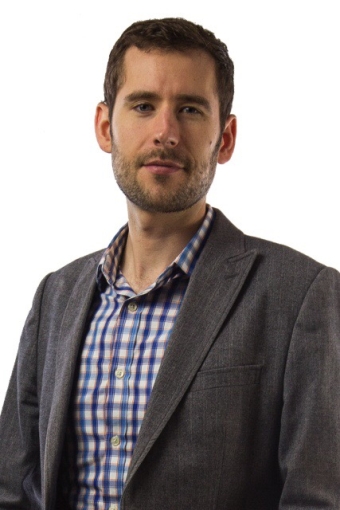
Date:
Location:
Title:
abstract
Unit-cell level structural distortions, occurring due to local chemical fluctuations or at surfaces, play a major role in determining material properties. Measurements of these distortions, however, are often either indirect or are limited by a number of factors. While scanning transmission electron microscopy can provide direct imaging of atomic structure, accuracy and precision of structural measurements have been traditionally hampered by sample drift and other scan distortion. This limitation has obscured the capabilities to directly correlate local structure in bulk or at surfaces with chemistry and/or electronic structure.
In this talk, I will introduce revolving scanning transmission electron microscopy (RevSTEM). The method achieves sub-0.1% accuracy and picometer level precision. Multiple case studies will be presented to demonstrate the capabilities of this new technique to characterize a range of oxide and nitride materials. For example, I will show how picometer level precision enables the direct observation of static atomic displacements correlated with local chemistry within complex oxide solid solutions. Specially, I will highlight our work correlating local structure and chemistry in a prototypical oxide (LSAT) and the relaxor ferroelectric PbMg1/3Nb2/3O3. In nitrides, I will provide an example study of AlGaN/AlN quantum wells, where I will show how accurate STEM lattice parameter measurements can be used to directly determine composition and reveal the origins of compositional pulling.
Turning to surfaces, I will also show how STEM can serve as a powerful tool for surface science, enabled by a new sample preparation approach we developed to minimize surface contamination. Using this method, I will highlight our work on directly imaging polar (110) SrTiO3 surface dynamics via in-situ STEM at temperatures up to 900 ºC. Combining STEM observations, atomic resolution electron energy loss spectroscopy, and density functional theory, I will discuss the combined role of lattice misfit and charge compensation to determine the structure and chemistry of the observed polar surface reconstruction. Finally, I will also present recent STEM results exploring the formation of native crystalline oxides on III-nitride surfaces.
bio
Jim earned his B.S. in Materials Science & Engineering from Rensselaer Polytechnic Institute in 2006 and his Ph.D. from the University of California Santa Barbara in 2010. After his graduate work, he joined the Department of Materials Science and Engineering at North Carolina State University as a faculty member in January 2011 and was promoted to Associate Professor in 2016. His research focuses on applying and developing transmission electron microscopy techniques to determine the atomic structure and chemistry of material defects. For his research, he has been honored with numerous awards including the NSF CAREER award and the AFOSR Young Investigator Program grant. He has been recognized by the Microanalysis Society with a Distinguished Scholar award, the Birks Award, and the K.F.J Heinrich award recognizing a scientist under the age of forty for distinguished technical contributions in the field. He has co-authored over 60 journal articles.
Hosted by Susanne Stemmer. Download event flyer.



